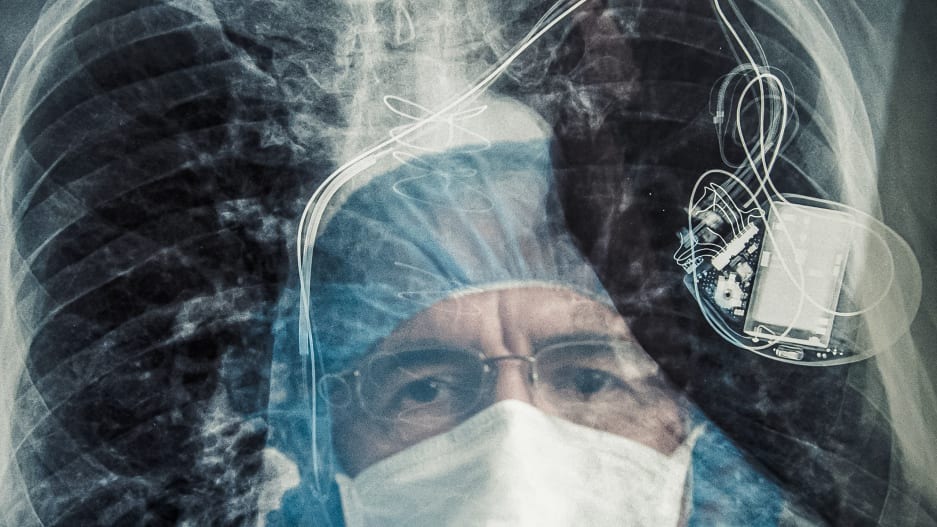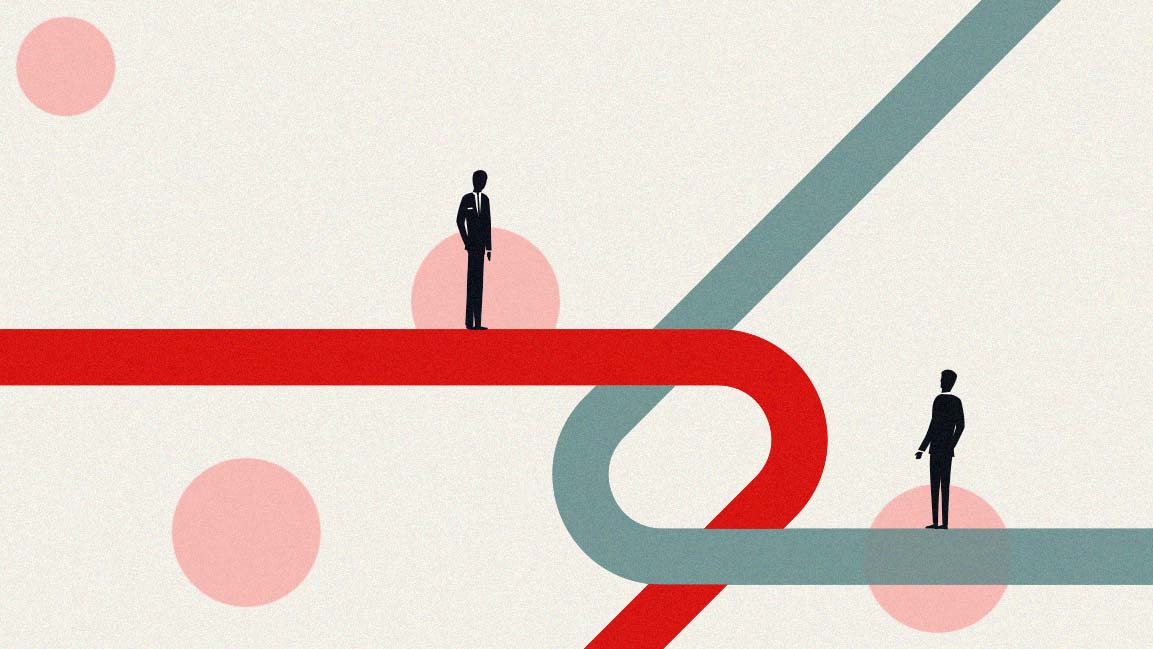- | 9:00 am
This pacemaker could one day recharge its battery with a heartbeat
Researchers are working on an experimental design that could be a gamechanger for leadless pacemakers.

If your heart beats too slowly or gets out of rhythm, a pacemaker can send an electrical pulse to that muscle and get it back on track. To do that, pacemakers need generators with batteries, and sometimes those batteries need to be replaced.
But a new experimental pacemaker has been able to convert a heartbeat’s energy back into electrical power that recharges the battery. Though the research is in early stages, it could pave the way to a future where pacemaker batteries are recharged with a heartbeat.
There are two main types of pacemakers. Traditional, or transvenous, pacemakers have little wires that connect the heart to a generator that’s placed under the skin near the left shoulder. Then there are wireless, or leadless, pacemakers, which are about the size of a large pill and contain the generator inside them; these pacemakers are inserted right inside a heart’s chamber.
There are benefits to leadless pacemakers: There’s no protruding lump under the skin; no need to connect wires to the heart; they’re safe to use in an MRI machine; and there’s no need to make a chest incision to install them (instead, they’re inserted through a vein in the leg). This also means there’s less likelihood of infections or dislodgment.
But one big drawback to leadless pacemakers is that the battery can’t easily be replaced, unlike with a traditional pacemaker, where the battery can be accessed with an incision near the shoulder. In both kinds of pacemakers, batteries last 6 to 15 years, but with a leadless pacemaker, if its battery is dying, doctors may have to just implant a new one, which will sit in the heart alongside the old one that lost its charge. For younger patients who need pacemakers, experts say it’s impractical to just install multiple pacemakers throughout their lives.
Now, researchers have developed prototypes that could use a heartbeat’s energy to recharge a pacemaker battery. “Mechanical and electrical energy are linked and can be exchanged back and forth,” says lead study author Babak Nazer, an associate professor of medicine at the University of Washington in Seattle, in a statement.
Researchers tested the prototypes—which are about the same size as typical leadless pacemakers, about one-third of an AAA battery—in a cardiac pressure simulator that mimics a ventricle. The best prototypes harvested about 10% of the energy needed to stimulate another heartbeat. That means the prototypes weren’t able to get enough energy from the heartbeats to power a traditional pacemakers’ output, but researchers are working on improving that efficiency. These are preliminary findings, but they’re going to be presented at the American Heart Association’s Scientific Sessions 2023, an annual symposium about cardiovascular science advancements.
The next step is for the researchers to optimize those prototypes, with better materials and fabrication, so they can improve how much energy is harvested from a heartbeat (it’s not clear how much researchers are hoping to harvest to deem this a success). Next, they will conduct long-term, “in-vivo” experiments, a term that means “within the living” as opposed to simulators.
“When we can improve upon our 10% harvesting efficiency, we hope to partner with one of the major pacemaker companies to incorporate our design and housing into an existing leadless pacemaker,” Nazer says. “We hope to prolong battery life further and expand access of this product to younger patients, who would hopefully require fewer implants over their lifetime.”








































